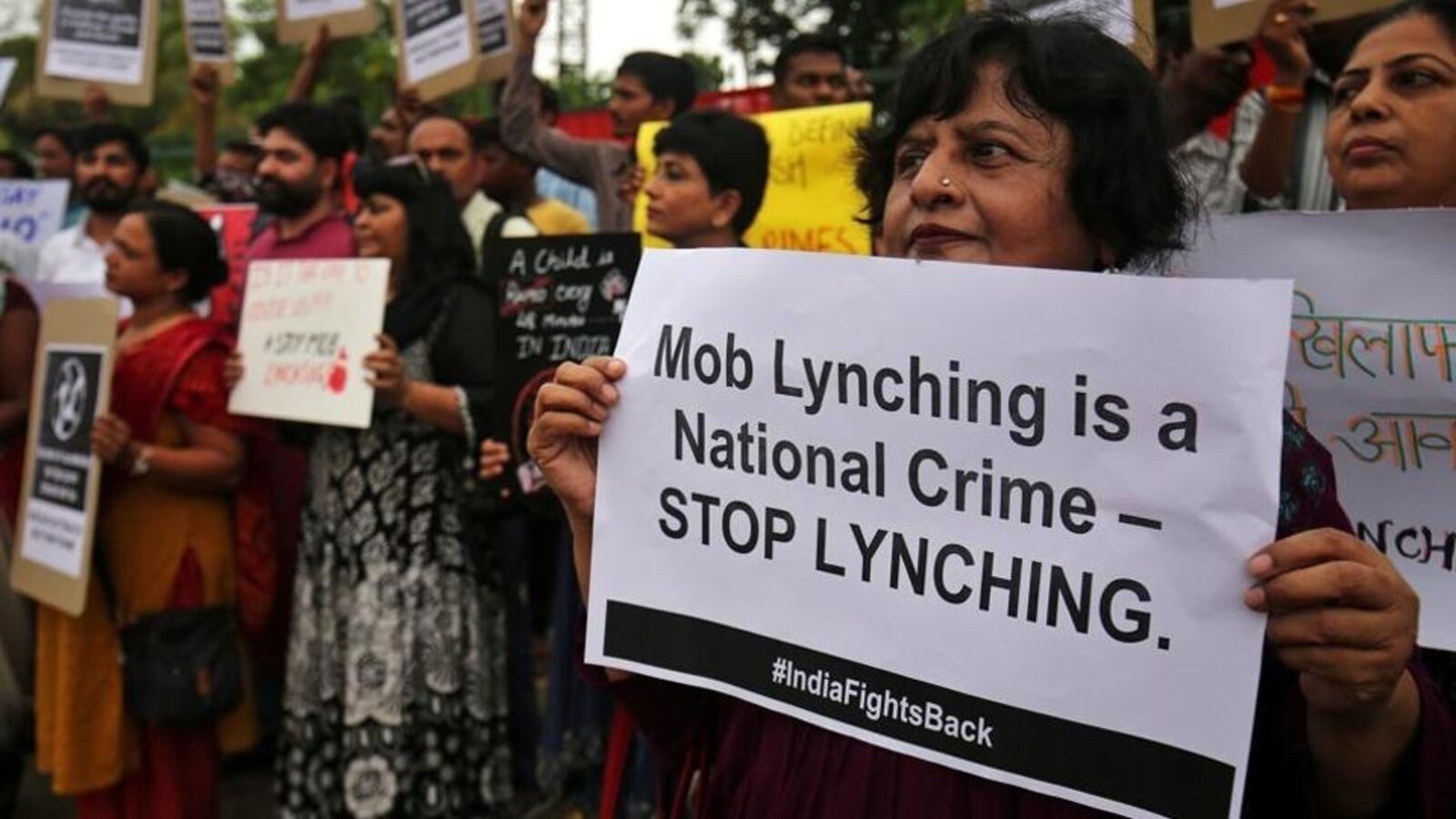Abstract
Lynching is not a relic of the past. A famous quote by Immanuel Kant-“Once a light is on it spreads automatically” gets utmost pertinent in status quo. Lynching, a brutal and inhumane act is not consigned to history but remains a contemporary concern. This research is of paramount importance due to India’s status as the world’s largest democracy, grappling with a troubling surge in this crime against humanity. This study delves into analysis of mob lynching in India. Paper begins by examining statistics related to lynching case and the Divisive Agenda of the English Mainstream Media. Furthermore, it critically examines the existing legal framework and offers insights through international comparative analysis. The paper advocates for the fortification of legal provisions, the establishment of expeditious adjudication mechanisms such as fast-track courts, and a reevaluation of the roles played by Law Enforcement Agencies and the Judicial System. In a holistic approach, the research underscores the pivotal role of awareness, education, and community engagement as potent tools to combat the scourge of mob lynching in India. It emphasizes legislative reform as a crucial step forward.
This paper, in sum, presents a comprehensive analysis of mob lynching in a 21st-century democracy, where the very citizens, as enshrined in the Constitution of India, face peril from fellow countrymen, challenging the essence of their Indian identity.
Keywords : Mob Lynching, Democracy, Crime, Legal Provisions
Introduction
मन की प्रसन्नता, शान्त भाव, भगवच्चिन्तन करने का स्वभाव, मन का निग्रह, और अन्त:करण के भावों की भली भाँति पवित्रता —-इस प्रकार यह मन सम्बन्धी तप कहा जाता है ।। १६ ।।
Peace and tranquility of the mind, harmony and confidence in oneself, love, caring and gentleness towards others, and purity of the heart, are all the elements which create harmony of the mind.
Chapter seventeen ; Shloka sixteen of Bhagavad-gita- universally renowned as the jewel of India’s spiritual wisdom, gives significance to the concept of harmony of the mind. It emphasizes a trained mind which is always thinking of doing good for others. However, it is saddening fact that the country to which such influential religious text belong involves blood, gore and murder – A Rising Threat of Mob Lynching. Newspapers have been around in India for over two centuries but there is regularity and frequency of these killings happening which is itself a story. The constitution represents rule of law as supreme and extra-judicial killings taking place are against this supremacy of law.
Understanding Mob Lynching
-
Definition and characteristics
Mob lynching is the act of a collective group displaying aggression and causing the death of an individual based on the belief that the person is a criminal, holding the same guilty without the due process of a legal trial. Such actions are strictly forbidden, constituting a crime against humanity and property, impacting both individuals and the broader society. The mob’s rationale behind this behavior is to mete out punishment to the presumed wrongdoer, even though their actions may not necessarily be illegal, as they seize control of the situation and administer their own form of justice, disregarding established legal procedures.
Mob Lynching is a typical form of behavioural manifestation triggered at the instance of a combination of factors. Firstly, Mob lynching is not always the activity of psychopaths. A deep seated trait of social learning and tolerance to violence is growing among the Indian population. Violence is seen as a solution to a problem in many situations. Mob is largely constituted by strangers but it demonstrates considerable cohesiveness when it comes to acting. This is caused by a spark of passion springing up from one individual who electrifies this disorder in such a manner that the mob acts like a united single being.
The mob indulge into a ghastly act with complete impunity when individual identities tend to melt in a crowd to form a collective identity. Anonymity, contagion, and suggestibility within mobs allows its members to express very unlikely acts of violence and brutal killings. Mob lynching can also be attributed to deindividualisation which means absence of a complete personal moral restraint and reduction of moral individuality. A contagious cohesiveness is a key feature in mob violence. Edmund Freud gives a psychological perspective -in a crowd, the restraints of a superego are relaxed and primitive ego-impulses come into play. Those who commit mob violence are guided by group loyalties and consider themselves as higher and the others less than humans. A theory by Allport suggests “a common stimulus prepares two individuals for the same response and when they are so prepared, the sight of one making that response releases and heightens that response in the other”.
Statistics related to lynching in India
The National Crime Records Bureau (NCRB) released its annual ‘Crime in India’ report for the year 2017. However, data of death due to mob lynching, murder by influential people, and murder committed for religious reason have not been published as it was observed that the data was unreliable. Therefore, no separate data of mob lynching is maintained by NCRB.
An analysis of mob violence and public disorder by Observer Research Foundation shows a line chart of total incidents of mob violence (lynching and public disorder) by month from January 2011 to June 2017. The chart also adds a linear trendline through the data points. It’s clear from the chart and confirmed by the trendline that the number of incidents per month is rising over the time period.
Click Here To Download The Paper


📌Analysis of Bills and Acts
📌 Summary of Reports from Government Agencies
📌 Analysis of Election Manifestos

